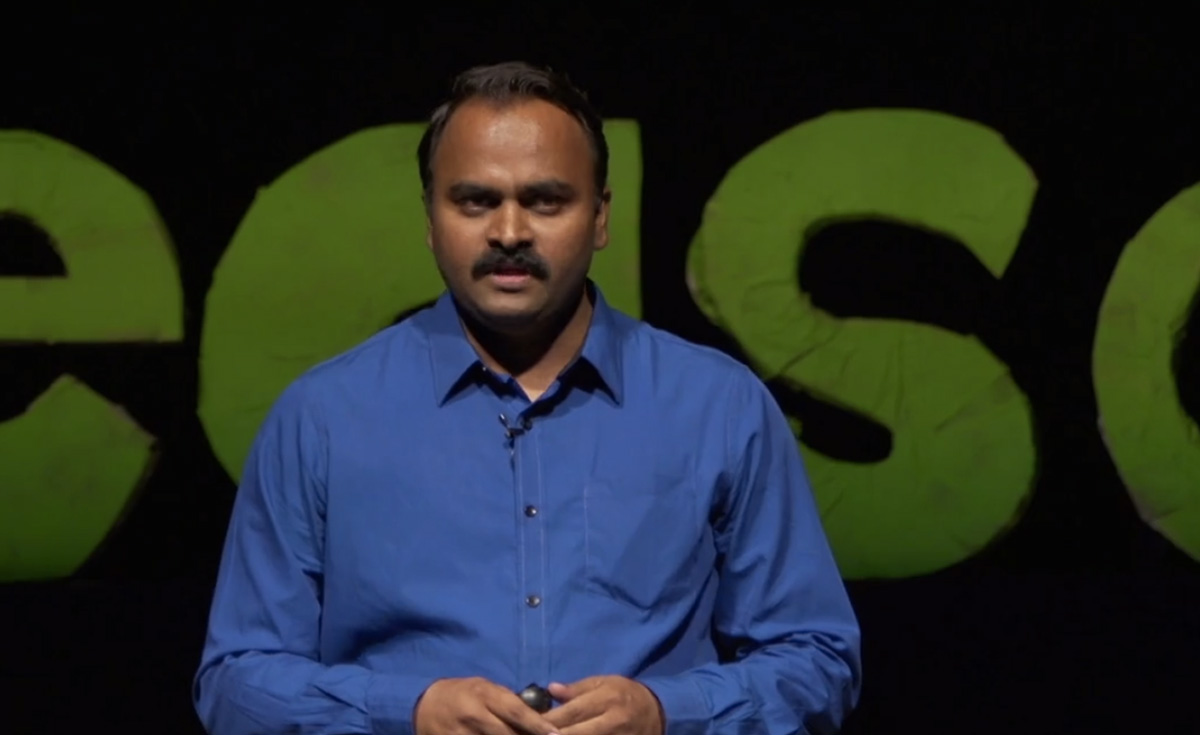On an otherwise reasonable evening in July, over 1000 people packed an auditorium in Boulder Colorado for the culmination of the Unreasonable Institute. They came to watch 12 ventures, tackling some of the world’s greatest challenges, take the stage and share their plans to help define progress in our time. This is one of those talks.
The entrepreneur in this video, Naveen Kumar is CEO of Sudiksha. Sudiksha runs affordable, for-profit, pre-schools for the poorest children in the slums of Hyderabad and the rural areas of Andhra Pradesh. They have provided a high-quality pre-school education to 1,500 low-income children, charging each student $8 per month, and generating $75,000 in cumulative revenue.
What is the urgent social or environmental need you’re addressing?
100,000,000 poor children in India between 2-6 years old can’t afford preschool education. These are poor children whose parents are daily-wage laborers, carpenters, vegetable and fruit sellers, electricians, watchmen, drivers and a few small-time business people. The latest educational research suggests overwhelmingly that children who do not participate in early-childhood education are cognitively stunted for the rest of their lives. Children who do not have proper pre-schooling struggle tremendously in primary school (even if they are able to attend primary schools) when compared to peers did who attend preschool.
What is your solution to this need? Describe your business strategy.
Sudiksha runs a network of affordable private pre-schools for the poorest children in urban locations (currently in the slums of Hyderabad). These preschools are run by women from the same communities, who Sudiksha trains to be pre-school principals.
Students are charged around USD$8 per month in tuition. It takes $1,600 to start a school and $2,500 to run a school for one year. Yearly income from tuition from the school exceeds expenses, but it takes about 2-3 years to pay back the $1,600. Once they can get 60-70 students enrolled at each school, they can begin to make profit, which they have seen happen in about 2 years. The teachers get a share of the profits from the school, so we are all invested in the success of the schools and of the children.
